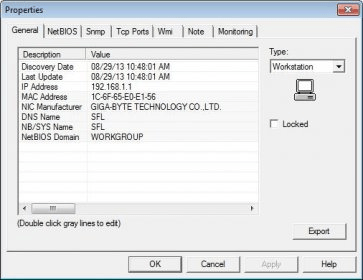

This is where those engineers in our R&D labs enter the picture… Budgets have limits, and the cost of deploying and operating the network well into the future, as well as the cost of constant technology refresh cycles, means that a positive business case has often proved unachievable. Network operators themselves have also announced massive private broadband investments to address the residential broadband situation.Īlthough stimulus funding and private operator investments help the business case for residential broadband modernization and expansion, it does not provide a complete answer. They also have programs to subsidize broadband access in low-income areas, creating a more appealing business environment. To address the digital divide and digital inclusion, governments worldwide have announced hundreds of billions of dollars in stimulus programs to support network operators deploying networks in remote and rural areas. Even with an estimated $60 billion spent annually on building our global network infrastructure, implementing a network that provides broadband connectivity in low-density or low-income areas has always presented a very challenging business case.īut there’s good news on this front. In my conversations with many across the industry, it’s clear that the greatest challenge to digital inclusion is viable economics. The development of heuristic-based solution procedures.Unprecedented government funding to bridge the digital divide The required computational effort, and our results therefore provide guidelines on choosing an effective formulation during The choice of formulation directly affects Us to compare the effectiveness of different formulations using benchmark problems. Method, a decomposition-based heuristic used for the efficient solution of hard lot sizing problems.

In particular, we discuss the relax-and-fix

Since same optimal solution values are obtained no matter which formulation is used. This equivalence has significant implications for decomposition-based methods In this paper, we demonstrate the equivalence of these formulations when the integrality requirement is relaxedįor any subset of binary setup decision variables. These formulations include the so-called facility location formulation, the shortest route formulation,Īnd the inventory and lot sizing formulation with (ℓ, S) inequalities. Several mixed integer programming formulations have been proposed for modeling capacitated multi-level lot sizing problems We present computational results that illustrate how these two-period models could be effective in solving complicated problems. Contrary to regular column generation, our method is an outer approximation and can therefore be used efficiently in a regular branch-and-bound procedure. The convex hull representation of the two-period closure is generated dynamically using column generation. To generate such inequalities, we separate two-period projections of fractional linear programming solutions from the convex hulls of the two-period closure we study. We propose a methodology that can approximate the convex hulls of all such possible relaxations by generating violated valid inequalities. We therefore consider the simplest such submodel, a multi-item, two-period capacitated relaxation. Previous literature contained results (computational and theoretical) indicating that what makes these problems difficult are the embedded single-machine, single-level, multiperiod submodels. Despite the significant attention they have drawn, big-bucket lot-sizing problems remain notoriously difficult to solve.


 0 kommentar(er)
0 kommentar(er)
